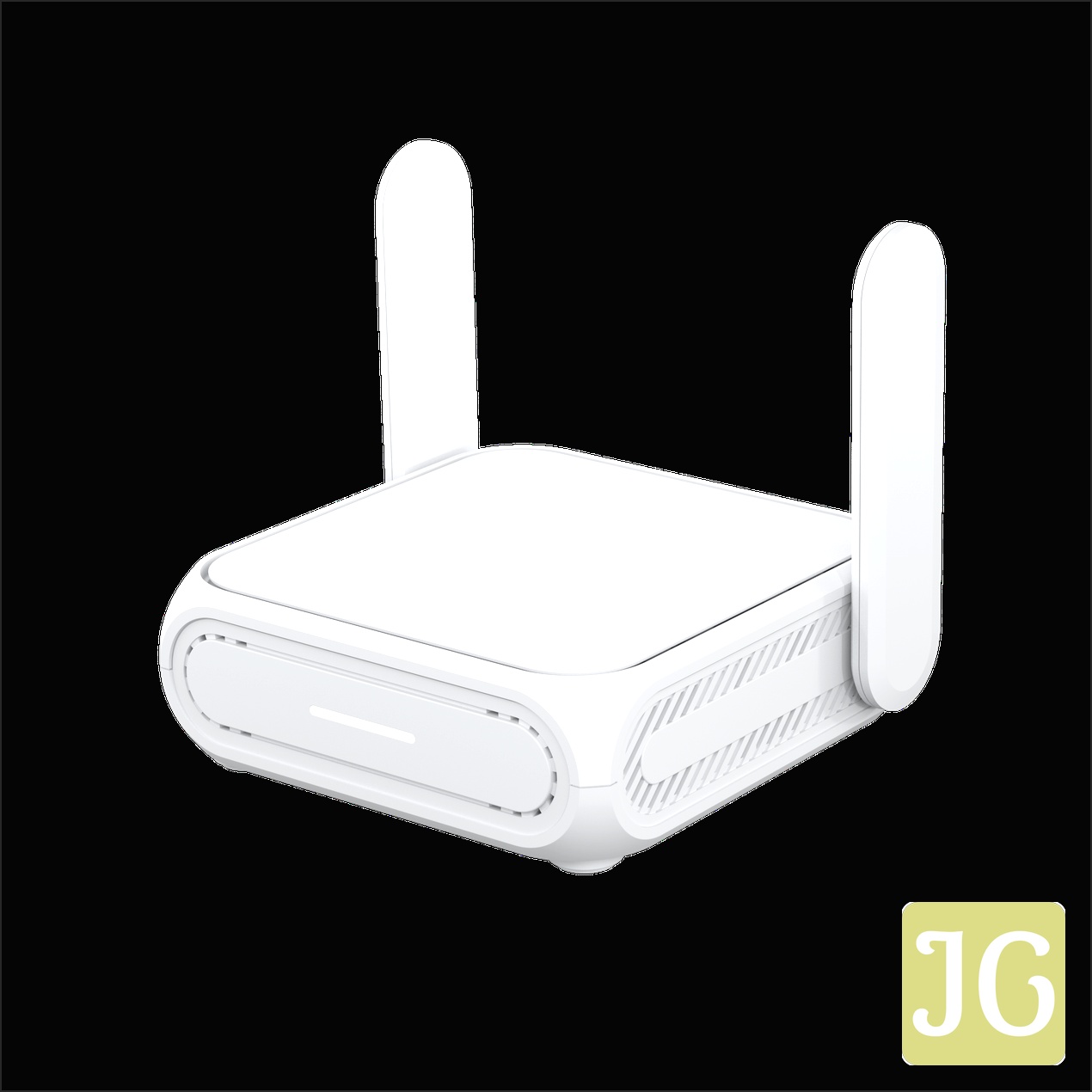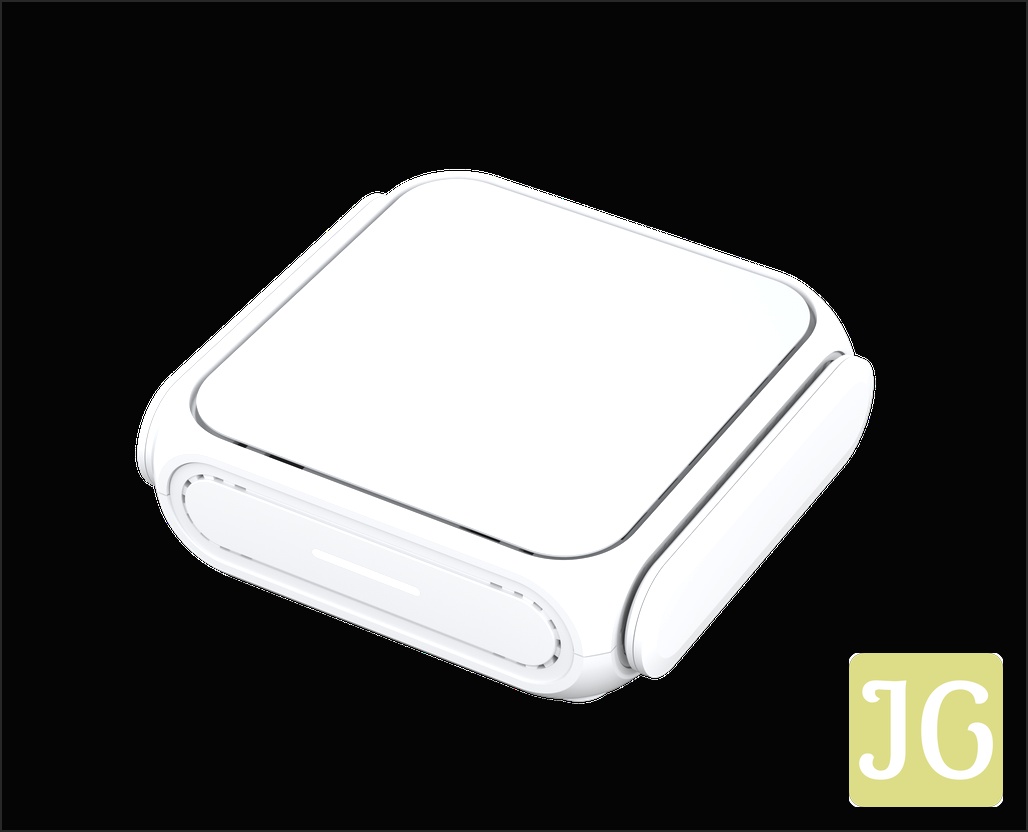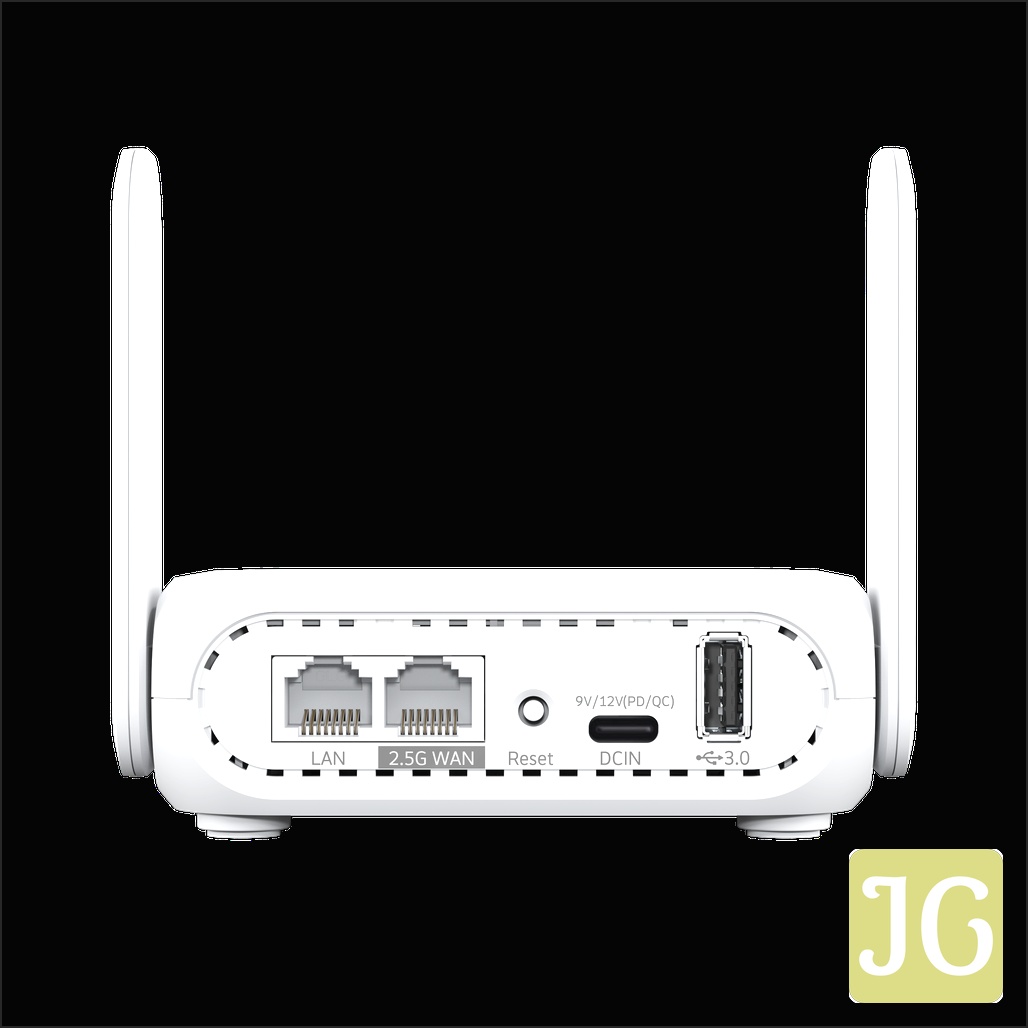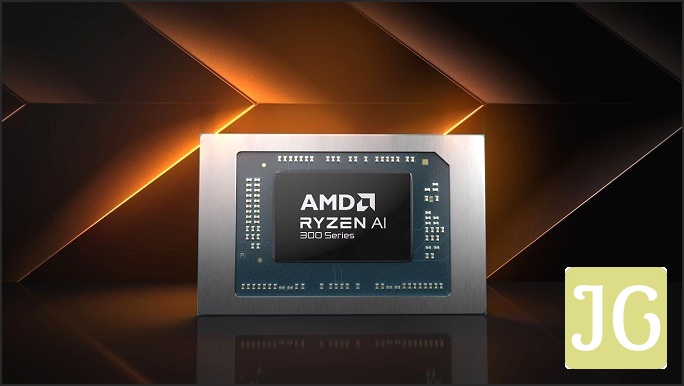The gaming world is buzzing about WiFi 7, and a new contender has just entered the arena with a lot of fanfare: the ASUS RT-BE58 Go. Touted as a compact, travel-friendly router, it promises the bleeding edge of wireless connectivity. But here at JoltGamer, our Fandom Pulse is picking up a distinct tremor of skepticism. For competitive gamers, theoretical speeds and sleek designs mean little if they don’t translate into stable, low-latency performance in the unpredictable chaos of mobile gaming. Is this award-winning mini router truly a game-changer for players on the go, or just another piece of tech making big promises without the crucial data to back it up where it matters most?
First Look: ASUS RT-BE58 Go – The Award-Winning Nomad
The ASUS RT-BE58 Go, unveiled on August 5, 2025, is a compact WiFi 7 mini travel router designed for those with mobile lifestyles and hybrid work demands. With its small footprint (99 x 111 x 36 mm, weighing 232g) and foldable antennas, it’s certainly travel-ready. ASUS boasts theoretical WiFi 7 speeds of up to 3600 Mbps, enhanced by features like Multi-Link Operation (MLO) and 4K QAM. Its trophy cabinet is already filling up, having snagged a 2025 CES Innovation award and a 2025 Red Dot Product Design award. While its marketing leans heavily into productivity, secure connections, and sharing WiFi for multiple users, initial reports also subtly hint at its suitability for ‘play anywhere’ and ‘gaming’ – a claim that immediately piques our interest, and our skepticism.



WiFi 7’s Promise: What MLO & 4K QAM Mean for Gaming (Theoretically)
WiFi 7, also known as 802.11be, brings some genuinely exciting advancements that, on paper, could be a boon for gamers. The ASUS RT-BE58 Go leverages key WiFi 7 features like Multi-Link Operation (MLO) and 4K-QAM (4096-QAM). MLO is designed to enable ‘buffering-free connections’ by intelligently combining and switching between the 2.4 GHz and 5 GHz bands, theoretically offering a more stable and efficient data path. 4K QAM, meanwhile, allows for more data to be packed into each signal, promising up to 20% more efficient data transmission compared to WiFi 6. Combined with the full potential of ultrawide 160 MHz channels, these technologies theoretically contribute to the router’s advertised speeds of up to 3600 Mbps and are claimed to ensure ‘smooth streaming, video calls, and gaming’. The emphasis here, however, must be on ‘theoretically’. While the underlying tech is powerful, raw bandwidth numbers rarely tell the full story for competitive gaming.
The Gamer’s Blind Spot: What ASUS Isn’t Telling Us (Yet)
Latency & Ping Stability: The Unspoken Truth
For competitive gamers, especially in fast-paced FPS titles, stable, low ping isn’t a luxury; it’s a necessity. A fluctuating ping or a sudden latency spike can mean the difference between a headshot and a respawn screen. While ASUS highlights ‘high-speed, low-latency connections’ as a general benefit, there’s a glaring absence of specific latency and ping stability data under load. Theoretical speeds of 3600 Mbps are impressive for downloads, but they don’t automatically translate to the consistent, sub-20ms ping you need for a fluid online gaming experience. Without real-world gaming benchmarks, we’re left guessing how this router truly performs when you’re in the heat of battle.
QoS & Traffic Prioritization: Is Gaming Truly Optimized?
Any router claiming to cater to ‘gaming’ needs to address Quality of Service (QoS). This feature is paramount for prioritizing gaming traffic over other network activities like streaming or large downloads, ensuring your critical packets get through first. Our review of the initial information reveals no mention of specific gaming-centric QoS features, dedicated gaming modes, or intelligent traffic prioritization algorithms for gaming. This is a significant omission. While the router offers general network management via the ASUS Router app, the lack of explicit gaming optimization raises serious questions about its suitability for serious players who demand their router actively works to give them a competitive edge.
Real-World Throughput & Range: Beyond the Lab
As a ‘travel router,’ the RT-BE58 Go will inevitably face unpredictable network environments, from hotel Wi-Fi to public hotspots. This makes real-world throughput and range performance absolutely critical. Yet, there’s a notable absence of direct performance benchmarks, such as throughput tests in various real-world scenarios or detailed range tests. How well does it maintain its advertised speeds when connected to a congested hotel network? What’s its effective range in a typical hotel room or a small apartment? Without this data, assessing its practical impact on a gamer’s experience in diverse travel situations is impossible. We know it covers up to 1800 sq. ft. and supports 150+ devices, but how does that translate to gaming stability in a less-than-ideal environment?
VPN Impact on Gaming: Speed vs. Security
The ASUS RT-BE58 Go boasts comprehensive VPN features, working with up to 30 service providers and supporting site-to-site VPN. For security and privacy, especially on public networks, this is a fantastic inclusion. However, for gamers, VPNs introduce an additional layer of concern: their impact on speed and latency. Running a VPN, while securing your connection, can often increase ping and reduce overall bandwidth, which is detrimental to online gaming. The current information doesn’t address the performance implications of using its VPN features for gaming. This is a critical gap, as gamers need to understand the trade-offs between security and competitive performance, and whether the router’s 2.0 GHz quad-core CPU can handle VPN encryption without tanking their ping.
The Elephant in the Server Room: Critical Missing Details
- ⚠Pricing: Undisclosed
- ⚠Release Date: Undisclosed
- ⚠Built-in Battery: None (Requires USB-C PD)
ASUS RT-BE58 Go vs. The Competition: What Gamers Really Need
When evaluating a travel router for gaming, especially one with a premium feature set like WiFi 7, it’s natural to compare it against established alternatives. The JoltGamer community, particularly in forums like SNBForums, frequently discusses GL.iNet routers as strong contenders for mobile and gaming-centric use due to their OpenWrt flexibility and robust VPN features. However, a direct, apples-to-apples performance comparison with the ASUS RT-BE58 Go is currently impossible due to the critical lack of specific gaming benchmarks. Instead, we can compare their features and underlying philosophies to highlight what gamers prioritize and where ASUS’s current offering stands.
Travel Router Feature Face-Off (ASUS RT-BE58 Go vs. General Gamer Needs / GL.iNet Philosophy)
The JoltGamer Verdict: A Promising Start, But Not Yet a Gamer’s Must-Have
ASUS RT-BE58 Go: Gamer’s Pro/Con Assessment
Pros
- ✓ Cutting-Edge WiFi 7 (Theoretical): Promises high speeds (up to 3600 Mbps) and lower latency through MLO and 4K QAM, which are theoretically beneficial for gaming.
- ✓ Highly Portable Design: Its compact size (99 x 111 x 36 mm, 232g) with foldable antennas makes it genuinely travel-friendly.
- ✓ Robust Security Suite: Features commercial-grade AiProtection, comprehensive VPN support (30+ providers, Site-to-Site, VPN Fusion), and Guest Network Pro for secure, isolated networks.
- ✓ Versatile Connectivity Modes: Offers standard wireless, 5G/4G USB tethering, and WISP modes, adapting to various travel and home scenarios.
- ✓ AiMesh Integration: Can extend an existing ASUS AiMesh network, providing seamless coverage under a single network name.
- ✓ High Capacity: Supports over 150 connected devices and covers up to 1800 sq. ft.
Cons
- ✖ Zero Gaming Performance Data: No specific benchmarks for ping stability, latency under load, or packet loss crucial for competitive gaming.
- ✖ No Dedicated Gaming Features: Lacks explicit gaming QoS, dedicated gaming modes, or traffic prioritization for gaming traffic.
- ✖ Unknown Pricing & Availability: Critical consumer information like price and release date remains undisclosed, making purchase decisions impossible.
- ✖ No Built-in Battery: Despite being a ‘travel’ router, it requires constant USB-C PD power, limiting true untethered portability.
- ✖ Dual-Band Only (No 6GHz): Does not utilize the less congested 6GHz band, which could be a significant advantage for WiFi 7 devices in crowded environments.
The Gamer’s Takeaway
- • The ASUS RT-BE58 Go is a technically impressive, award-winning travel router with strong security features and versatile connectivity options, making it a solid choice for general mobile use and hybrid workers.
- • However, for serious gamers, it currently falls short. The complete absence of crucial gaming-specific data – such as real-world ping, latency under load, and detailed QoS information – makes it impossible to justify its positioning as a ‘gaming’ solution.
- • Until ASUS provides transparent pricing, a firm release date, and, most importantly, concrete gaming performance benchmarks, gamers should remain skeptical and hold off on a definitive purchase. It has potential, but it’s not yet a proven competitive edge.
Your Burning Questions Answered
Q: Does the ASUS RT-BE58 Go have a battery for true portability?
No, the ASUS RT-BE58 Go does not have a built-in battery. It is powered via USB-C Power Delivery (USB-C PD) and requires a constant power connection. It can, however, be used in conjunction with a compatible power bank for mobile power.
Q: What kind of gaming performance can I expect from WiFi 7 on this router?
While WiFi 7 offers theoretical benefits like Multi-Link Operation (MLO) and 4K QAM for lower latency and higher speeds, ASUS has not provided any specific real-world gaming performance data for the RT-BE58 Go. This includes crucial metrics like ping stability, latency under load, or the impact of its QoS features on gaming traffic. Gamers should await independent benchmarks and reviews focusing on actual in-game performance before setting expectations.
Q: How does the ASUS RT-BE58 Go compare to GL.iNet travel routers for gaming?
A direct performance comparison is not yet possible due to the lack of specific gaming data for the ASUS RT-BE58 Go. Generally, GL.iNet routers are highly regarded in the community for their OpenWrt flexibility, robust VPN features, and often strong community support. ASUS, on the other hand, typically offers a more polished and user-friendly interface via its ASUS Router mobile app and strong proprietary security features like AiProtection. Gamers should weigh these general aspects against the specific gaming performance data, once available, for the ASUS router to make an informed decision.




